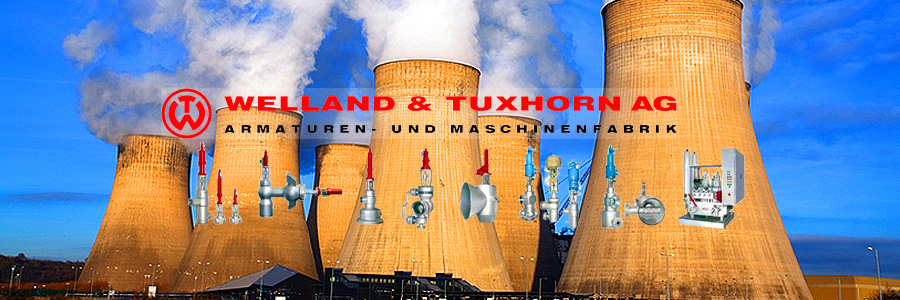Hydraulic Servo-Systems – Establishment and Manufacturing
Functions:
Secure positioning of main control valves in control circuits of power stations and all other types of technical processing facilities.
Solutions for complex control and regulation tasks; also with the assistance of compact form Profi-Bus connectors.
Integration of safety functions such as turbine, boiler or condenser protection. Provision of emergency strokes during auxiliary energy malfunctions.
Advantages:
– Easy to regulate
– Very high operating force
– Very high rigidity
– High operating-velocity
– Prototype tested and approved according to TRD 421
– Safe positioning with cup springs
– Variable configuration due to modular construction methods
– Double-acting cylinders
Design:
The hydraulic power array consists of a drive assembly (see picture above); the servo valve serves as actuating element and the cylinder as drive element for the control valve (see picture below).
Generally, the input of the set point value follows as an analogue electrical signal, and can originate from several sources.
The actual value of the controlled variable is read by the measurement device and is then also converted into an analogue signal.
The actual value comparison follows in the measuring device.
This means that the control difference is arrived at.
This is then amplified, assigned a particular transmission behaviour
(P. I. D. behaviour) and added as control variable to the servo valve.
The amplifier to the servo valve is located between the controller and the servo valve.
This interface converts the control variable current into magnetic current, and also contains the position regulatory system of the servo valve.




